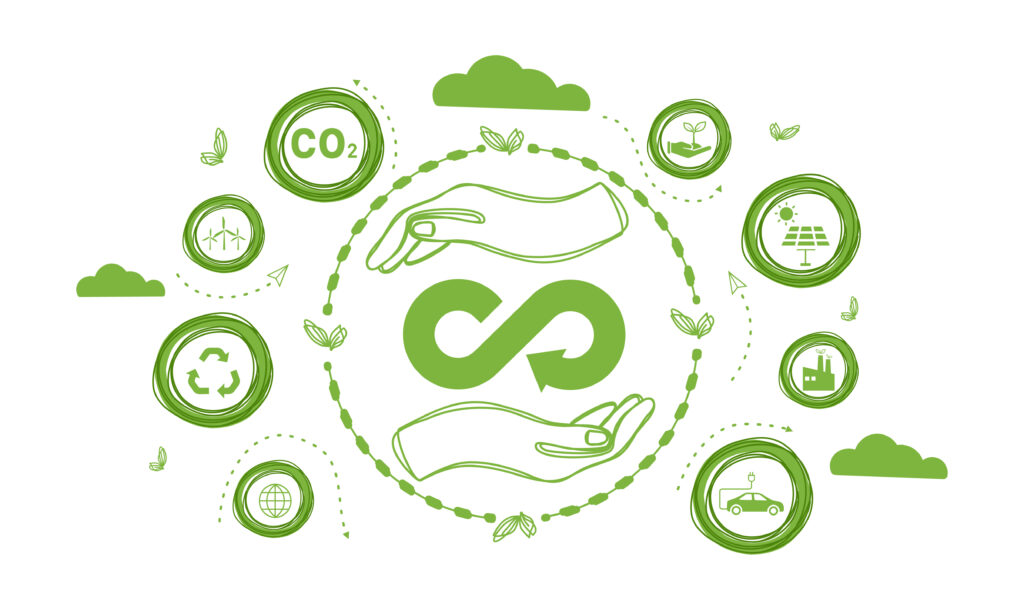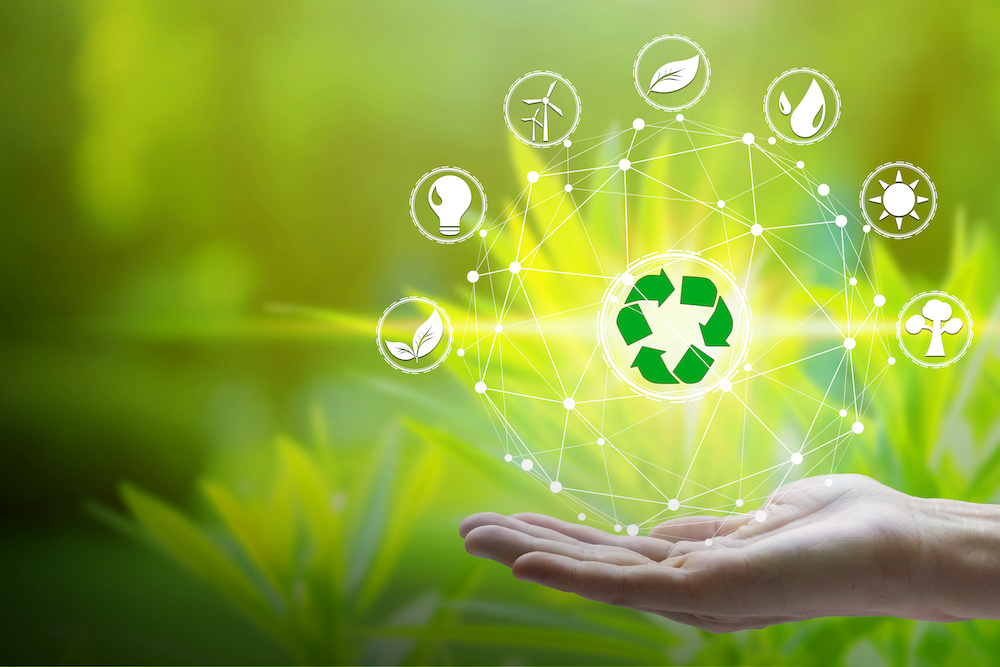As consumers and businesses, we often lack access to reliable, trustworthy data that accurately reflects the full environmental impact of the products and services we use. Yet every product or service imposes environmental burdens throughout its entire life cycle—from manufacturing and use to end-of-life disposal. This article introduces the concept of Life Cycle Assessment (LCA) and explores the key benefits it offers for evaluating and reducing these impacts.
What is a Life Cycle Assessment (LCA)?
A Life Cycle Assessment (LCA), also known as Life Cycle Analysis, is a systematic method for evaluating the environmental impacts associated with a product or service over its entire life cycle. This includes all stages, from raw material extraction to final disposal.
Phases of the Life Cycle Assessment (LCA) Process

The key phases of an LCA typically include:
Pre-use phase
- Extraction of raw materials
- Production, manufacturing, or development
- Packaging and distribution
Use phase
- Consumption or operation
- Maintenance
- Refurbishment (if applicable)
Post-use phase
- Recycling or recovery
- Waste treatment and final disposal
Benefits of Conducting a Life Cycle Assessment (LCA)
LCA provides standardized, comparable insights into the environmental impacts of products and services. Below are key ways in which different stakeholders can benefit from conducting LCAs:
Policymakers
- Offers a comprehensive, transparent overview of a product’s or service’s environmental impacts and benefits
- Supports informed, evidence-based policymaking, including the development of regulations, climate targets, and sustainability strategies
Businesses
- Enables environmental improvements from the earliest stages of product or service design
- Identifies environmental hotspots—life cycle stages with the greatest impact—or reveals unsustainable practices across the value chain, enabling targeted interventions
- Facilitates data-driven decision-making at all organizational levels, from executive leadership to operational teams
- Promotes transparency and accountability, reducing the risk of greenwashing
- Enhances communication of sustainability initiatives and progress to stakeholders, including customers, investors, and employees
- Aligns incentives with environmental responsibility, encouraging the adoption of circular economy practices such as reuse and recycling
Consumers
- Empowers individuals to make environmentally responsible purchasing decisions
- Raises awareness of the environmental impacts of products and services, encouraging circular behaviors such as refurbishment, reuse, and recycling
Conclusion
Adopting quantifiable, standardized methods—such as Life Cycle Assessments (LCAs)—to measure environmental impacts not only helps identify key sustainability challenges but also enables more informed decisions by stakeholders, including policymakers, businesses, and consumers. Broader implementation of LCAs can accelerate the transition to circular economy practices across industries.


